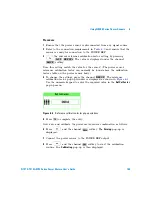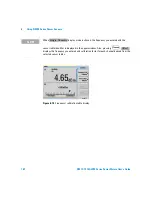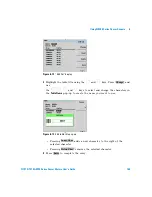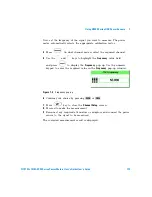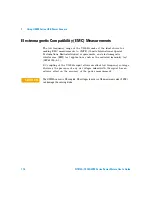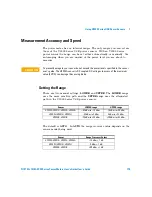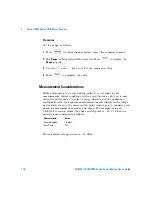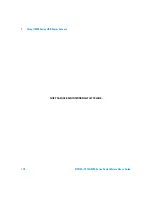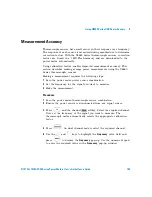
7
Using U2000 Series USB Power Sensors
168
N1913A/1914A EPM Series Power Meters User’s Guide
Introduction
The U2000 Series USB power sensors are true average, wide dynamic
range RF microwave power sensors. They are based on a dual sensor
diode pair/attenuator/diode pair.
This technique ensures the diodes in the selected signal path are kept in
their square law region, thus the output current (and voltage) is
proportional to the input power. The diode pair/attenuator/diode pair
assembly can yield the average of complex modulation formats across a
wide dynamic range, irrespective of signal bandwidth. The dual range
Modified Barrier Integrated Diode (MBID)
1
package includes further
refinements to improve power handling allowing accurate measurement of
high level signals with high crest factors without incurring damage
2
to the
sensor.
These sensors measure average RF power on a wide variety of modulated
signals and are independent of the modulation bandwidth. They are ideally
suited to the average power measurement of multi- tone and spread
spectrum signals such as CDMA, W- CDMA and digital television formats.
Please refer to the documentation supplied with your
U2000
Series
USB
power sensors
for specification and calibration information.
1 November 1986 Hewlett-Packard Journal pages 14-2, “Diode Integrated Circuits for
Milimeter-Wave Applications.
2 Refer to
U2000 Series Operating and Service Guide
for maximum power handling specifications.
N O T E
The U2000 Series power sensors with firmware revision of A1.02.01 and below are tested
with the N1913A/N1914A EPM Series power meters.


